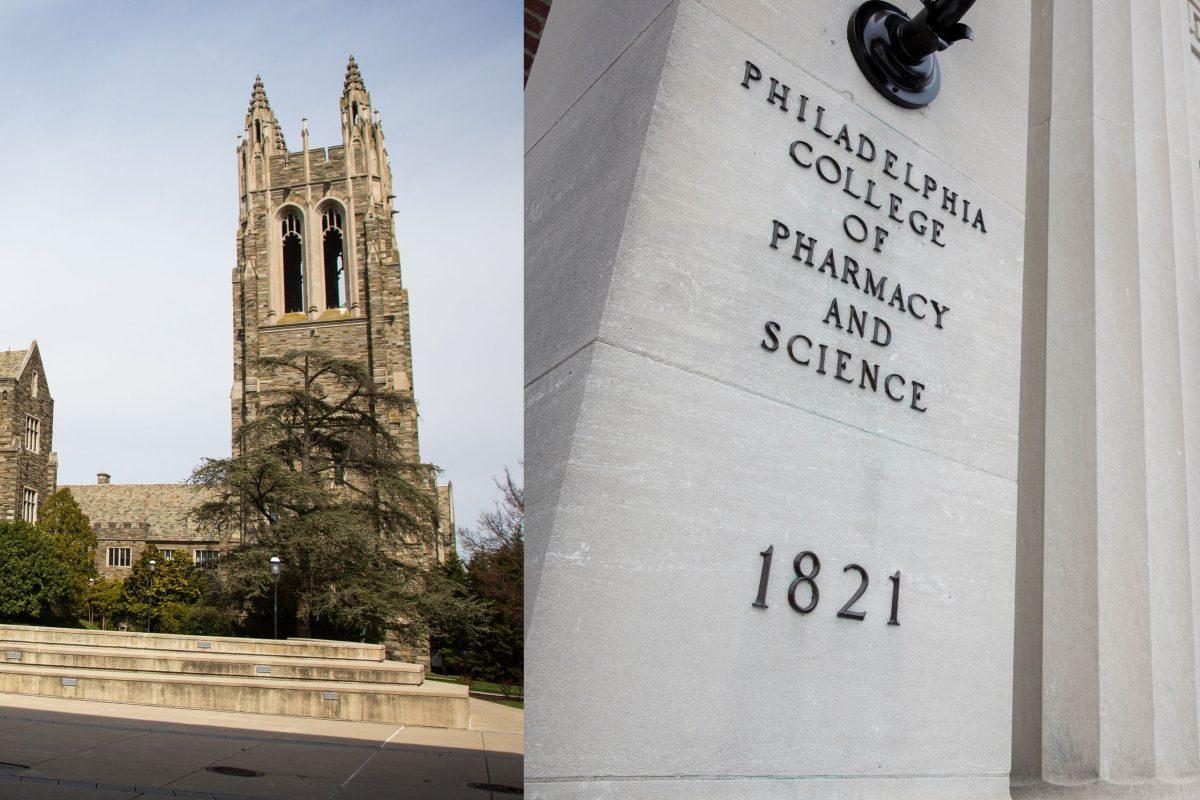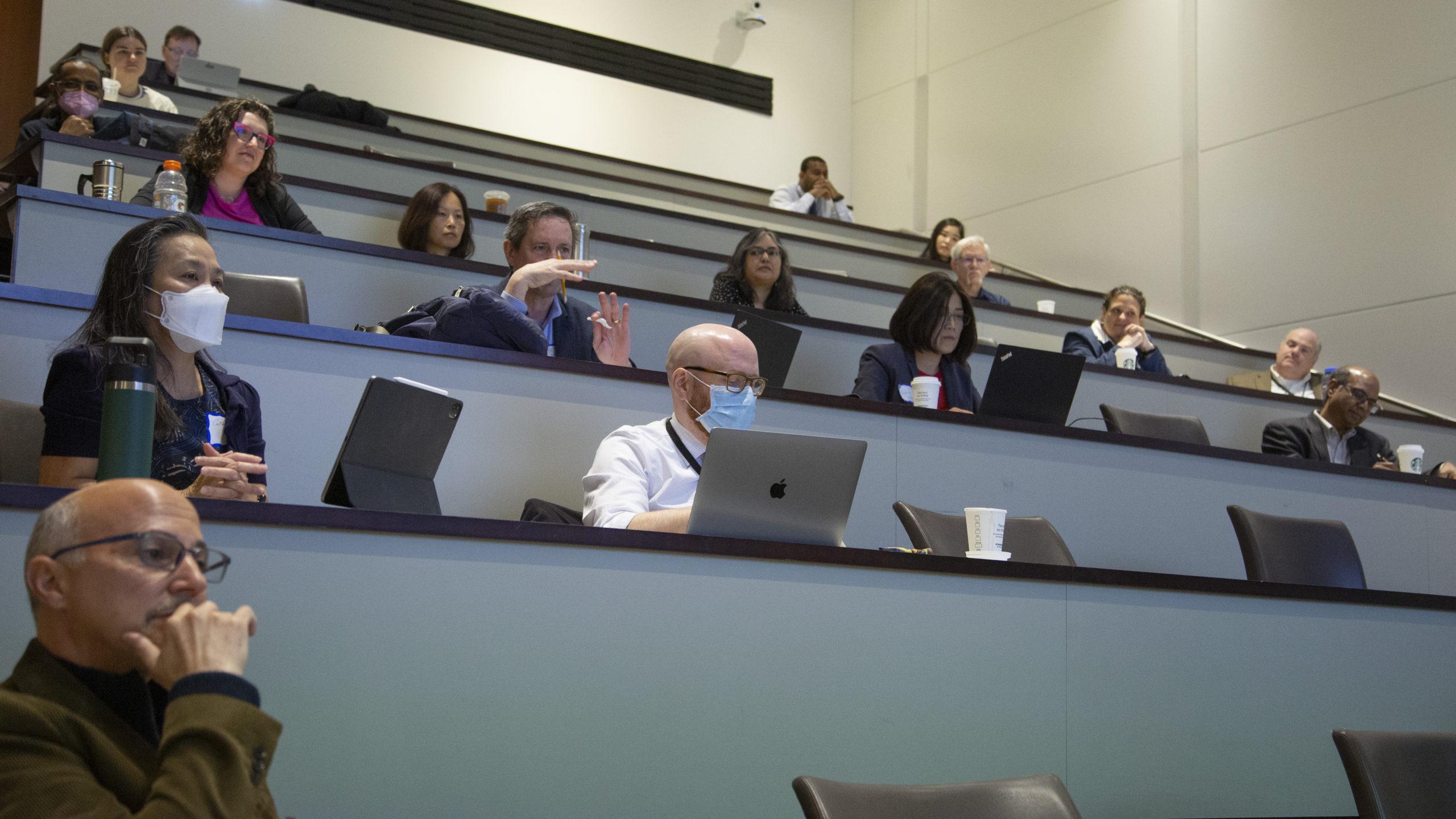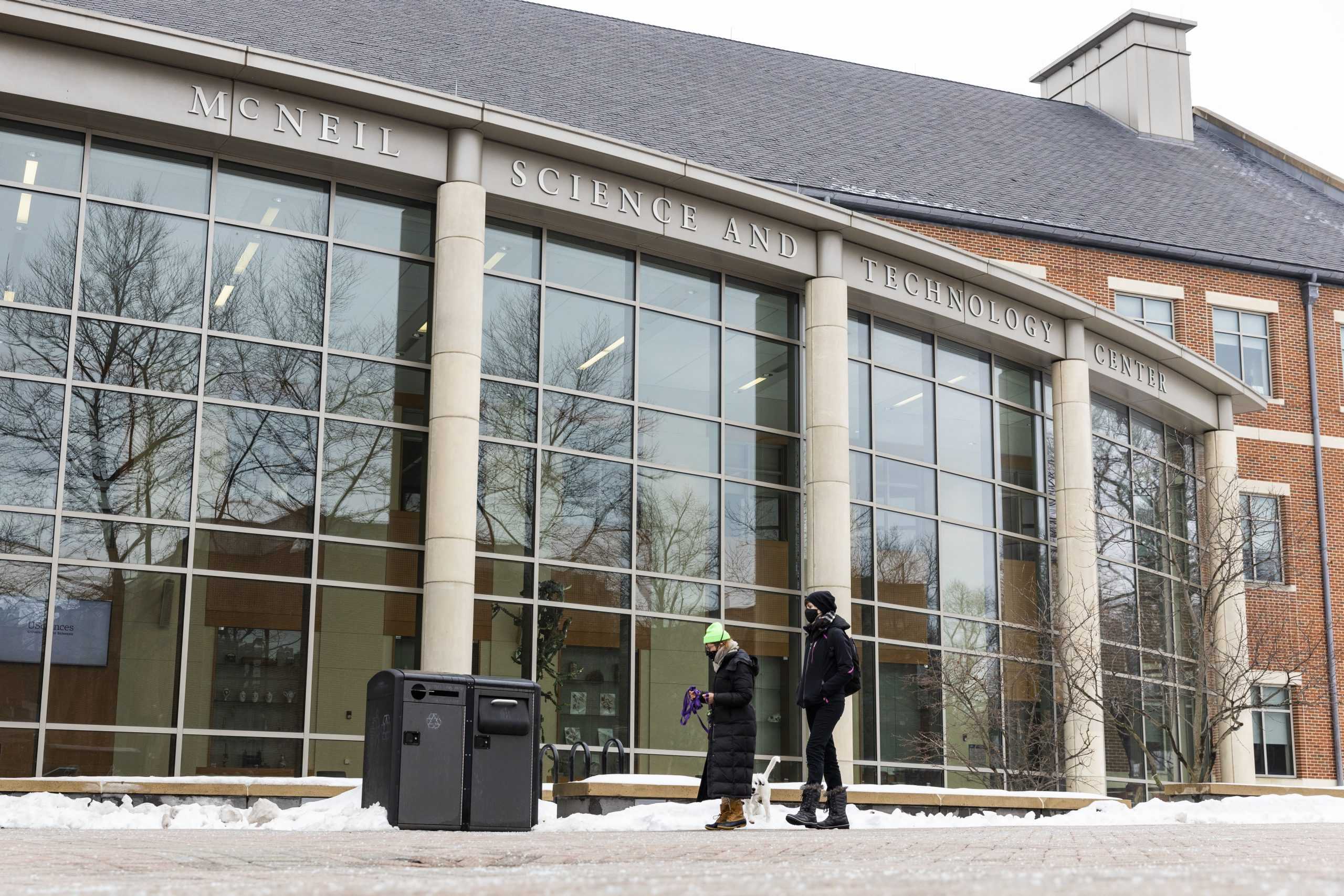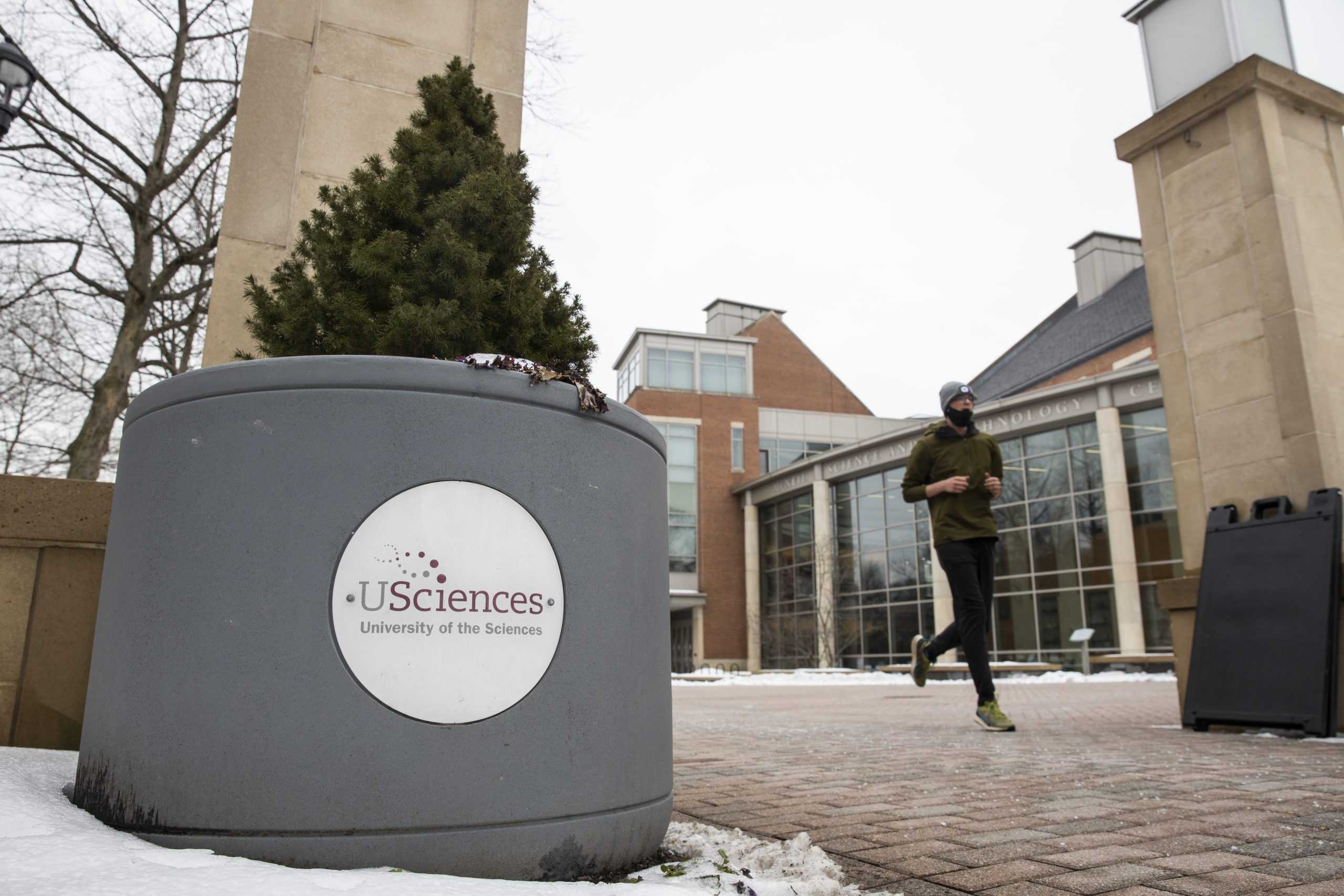St. Joe’s announced on Feb. 10 that the administration signed a letter of intent to evaluate merging with University of the Sciences, adding to a growing list of universities across the U.S. who are exploring mergers as a next step in their development.
St. Joe’s potential merger would be the second higher education merger specifically in Philadelphia in the past few years. In 2017, Thomas Jefferson University and Philadelphia University merged under Jefferson’s name and brand.
Elsewhere in Pennsylvania, the Pennsylvania State System of Higher Education (PASSHE) is slated to consolidate and integrate six universities into two different entities due to financial constraints. The universities include California University, Clarion University, Edinboro University, Bloomsburg University, Lock Haven University and Mansfield University.
The Pennsylvania system’s Board of Governors will review merger plans in April 2021, with the goal of the consolidated and merged universities accepting students as early as August 2022.
These local mergers are part of a national trend as institutions in higher education face increasing financial challenges and global competition for students. There have been approximately 40 mergers in U.S. higher education institutions between 2000 and 2017.
The number of closures of higher education institutions has also increased, with around 100 nonprofit, private universities closing between 2009 and 2017.
The financial hardships that many institutions are facing have been exacerbated by the coronavirus pandemic. First-year student enrollment is down 13.1% nationally. Given these financial and enrollment trends, mergers provide ways for institutions both to contain costs and to allow for proactive steps in increasing an institution’s assets.
Private Institution Merger: Thomas Jefferson University and Philadelphia University
The merger between Jefferson and Philadelphia University stemmed from a meeting between the two university presidents, Stephen K. Klasko and Stephen Spinelli Jr. The merger process lasted about a year and eight months, with both universities announcing the completion of the process in July 2017.
Apart of Jefferson Health, Thomas Jefferson University is generally known for its medical and health related programs, while Philadelphia University was known for programs such as engineering, architecture and graphic design. Jefferson argued that the merger would place more emphasis on interdisciplinary and hands-on learning.
As a result of the merger, Jefferson reassigned roles for faculty and staff but did not eliminate any positions.
Jefferson retained all majors from both universities, increasing academic options. Jefferson now has 12 colleges, schools and institutions, and campuses in both Center City and the East Falls neighborhood of Philadelphia where Philadelphia University was located. In addition, Jefferson enrolled 7,800 undergraduates and graduates in 2018. After the merger, Jefferson’s undergraduate tuition increased by about 3.5% from 2017 to 2018.
Public Institution Consolidation and Merge: Pennsylvania State University System
The economic toll of COVID-19 acted as the catalyst for a multi-institutional consolidation and mergers in the PASSHE, which was announced in fall 2020. The state system will consolidate six different universities into two entities: California, Clarion and Edinboro universities will integrate, and Bloomsburg, Lock Haven and Mansfield universities will integrate to create “certificate and stackable credential programs,” according to a statement from Bloomsburg.
PASSHE is run by Chancellor Daniel Greenstein, who works directly with the Board of Governors within the System “to recommend and develop overall policies for the System,” according to the System’s website.
“The well-known financial challenges faced by the System have grown to a point where they now threaten our ability to serve all Pennsylvanians, irrespective of their zip code, with high quality, affordable higher education,” according to the PASSHE website. “Integrations give us the best chance to continue this mission and to expand the breadth of educational opportunities available across the state.”
Differing from Jefferson’s merger, the six Pennsylvania universities will retain their own names and identities while still integrating universities “into a single accredited entity with a unified leadership team, a single faculty and staff, a single academic program array, a unified enrollment strategy, and a single budget,” according to the PASSHE website.
As a result of merging and integration, PASSHE website says “potential employment impacts do exist.”



















































